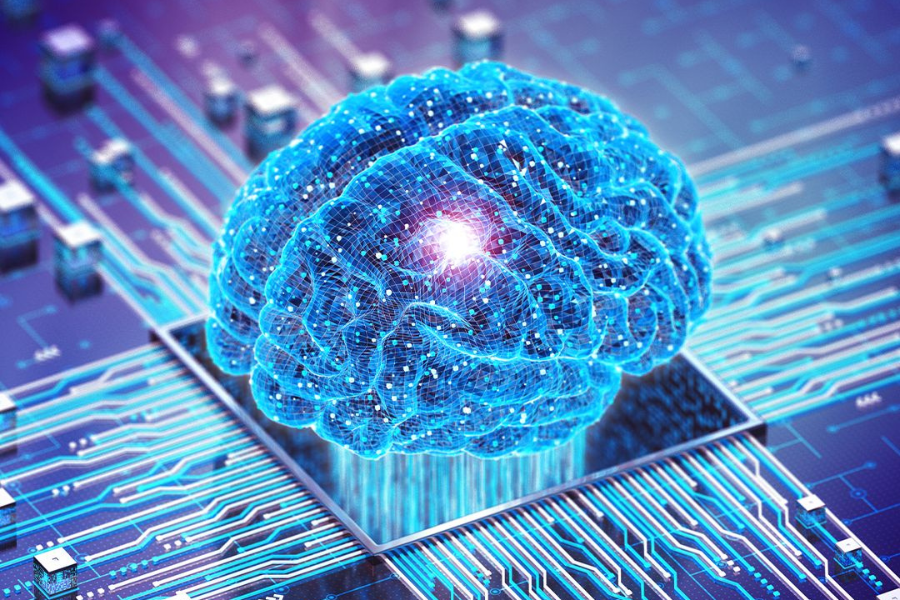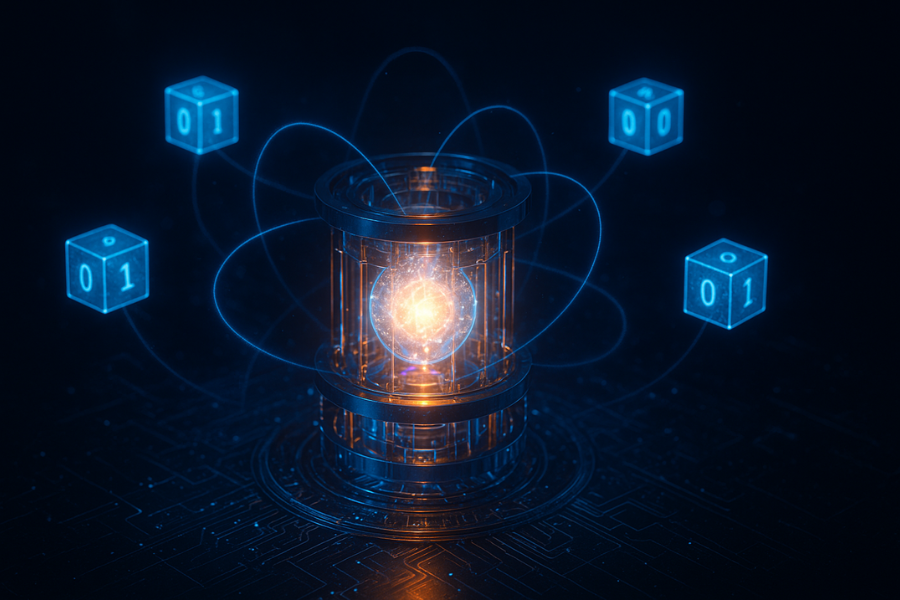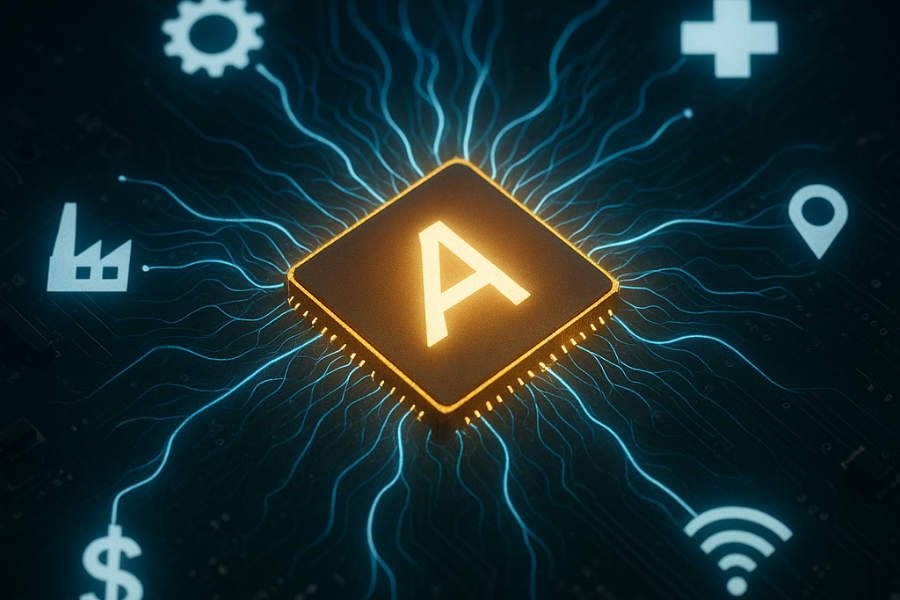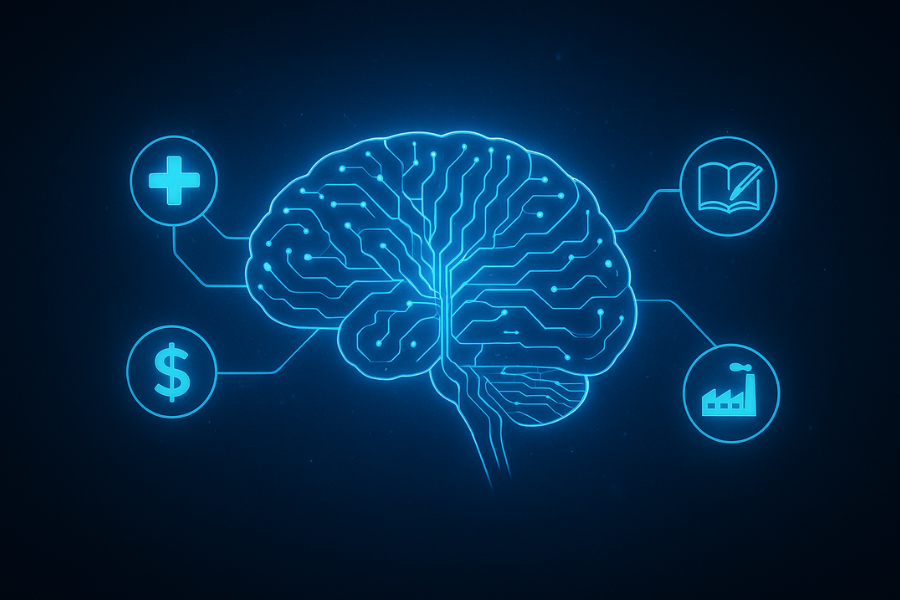Introduction
China’s generative AI race is accelerating with Zhipu AI (Z.ai) at the forefront. Its flagship large language model, ChatGLM, and multimodal platform Ying are positioning the company as a serious competitor to OpenAI and Anthropic. By offering both natural language reasoning and creative text-to-video tools, Zhipu is pushing Chinese AI into the next era of productivity and media innovation.
What is ChatGLM?
ChatGLM is a bilingual (Chinese–English) large language model optimized for reasoning, dialogue, and professional applications. Built on the General Language Model (GLM) architecture, it emphasizes efficiency—deploying smaller versions (ChatGLM-6B, 130B) for cloud and on-device use.
Key features include:
Strong reasoning: Trained for math, coding, and scientific research.
Knowledge grounding: Integrated with academic and enterprise databases.
Multilingual ability: Natively optimized for Chinese but effective in English.
Deployable AI: Available via APIs and private enterprise cloud setups.
Why Multimodal + Agents Win
Higher accuracy: Multiple signals reduce ambiguity (a picture + speech beats either alone).
Lower latency & cost: Edge vision + on-device ASR can pre-process before the cloud.
Actionable by design: Agents don’t just answer, they do (file tickets, edit spreadsheets, run checks).
Human-in-the-loop: Experts supervise critical steps, improving safety and compliance.
Faster iteration: Low-code lets domain teams ship updates without long dev cycles.
Implementation Tips
Start narrow: Pick a high-value slice (e.g., visual QC for one SKU, or triage for one clinic).
Design for failure: Add fallbacks—ask the user for a clearer photo, escalate to human review, or switch to text-only flow.
Measure end-to-end: Track task success, time-to-resolution, and human override rates (not just model accuracy).
Governance early: Define data retention, PII handling, and tool permissions from day one.
Edge where it counts: Do ASR/vision at the edge for speed/privacy; reserve cloud for heavy reasoning.
Challenges to Watch
Data quality & labeling (especially for domain images and forms).
Latency budgets when chaining perception + reasoning + tools.
Security/abuse: Tool-calling agents need strict scopes and explicit approvals.
Accessibility: Ensure voice/gesture UIs have text equivalents and support diverse users.
Change management: Train staff; set expectations about the agent’s scope and limits.
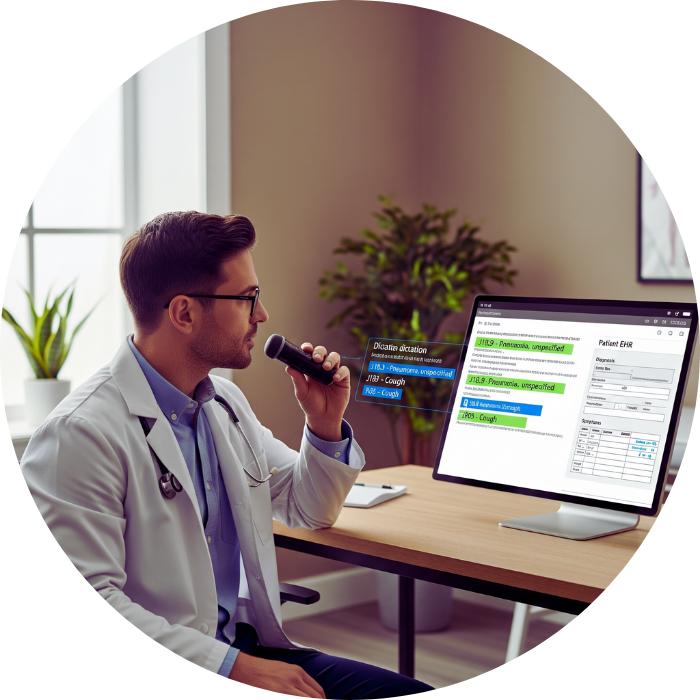

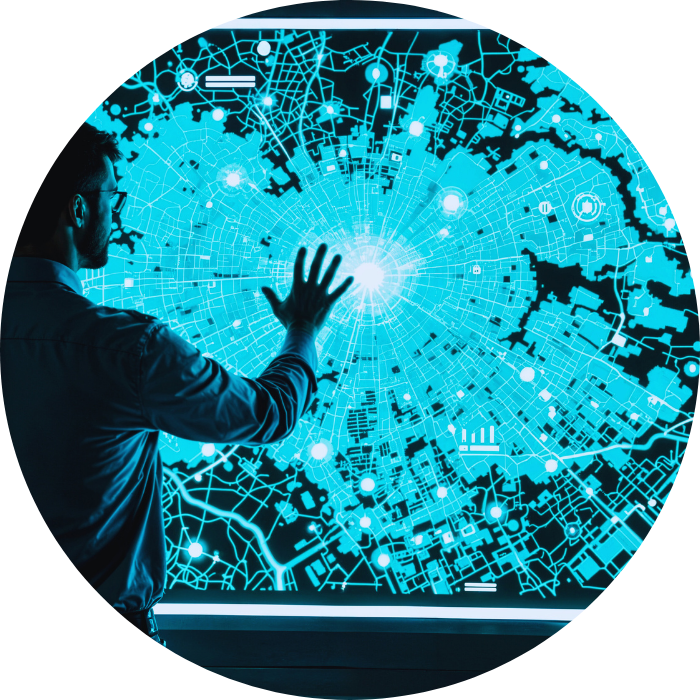
Agent Platforms: From Chat to Action
A software agent is an AI that can plan steps, call tools, observe results, and try again. Modern agent platforms add:
Workflow graphs (drag-and-drop nodes for perception → reasoning → tools → verification).
Tooling adapters (databases, ERPs, CRMs, robotics controllers, web RPA).
Guardrails (permissions, audit logs, human-in-the-loop).
Low-code builders so domain experts—not just ML engineers—can ship solutions.
Result: teams can compose an “ops agent,” “QA inspection agent,” or “care-coordination agent” in hours, then keep improving it from real usage.
High-Impact Use Cases
1) Healthcare & Diagnostics
Multimodal intake: Patient speaks symptoms while camera reads vitals/expressions; the agent structures a note, flags risk, and orders tests via EHR APIs.
Imaging support: Upload CT/MRI frames + radiology notes; the agent cross-checks, highlights regions of interest, and drafts a report for clinician review.
Hands-free control: Gesture/voice to scroll images in sterile environments.
2) Manufacturing & Field Service
Visual QA: Agents compare live camera feeds to CAD spec; flag defects; log to MES.
Guided repair: A tech points their phone at a machine; the agent recognizes parts, overlays steps, and orders replacements.
Safety co-pilot: Vision models watch PPE compliance and near-miss patterns.
3) Education & Training
Tutoring that mixes text, diagrams, and spoken guidance; detects hesitation in voice and adapts pace.
Lab simulators where students gesture to instruments; the agent validates steps and explains outcomes.
4) Retail & Customer Experience
Shelf intelligence (vision + language) to track stock and planograms.
Omnichannel support agents that read screenshots, receipts, or photos and resolve issues end-to-end.
5) Smart Cities & Mobility
Traffic agents interpreting camera feeds, incident audio, and sensor data to coordinate lights and dispatch.
Public safety copilots that summarize multimodal evidence for faster, accountable decisions.
Conclusion
Multimodal AI turns perception into understanding; agent platforms turn understanding into action. Combined with low-code tooling, organizations can ship practical copilots that see, listen, read—and get work done—across healthcare, industry, classrooms, and cities. The winners won’t be those with the flashiest demos, but those who pick focused tasks, lock in guardrails, and iterate relentlessly with real users.
-Futurla

